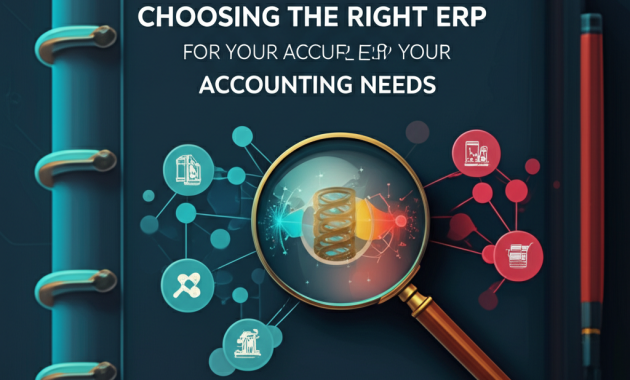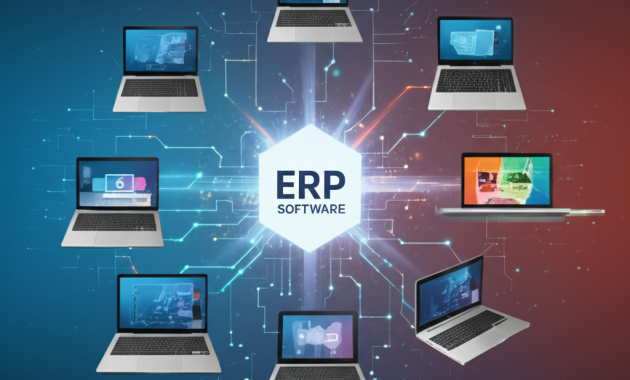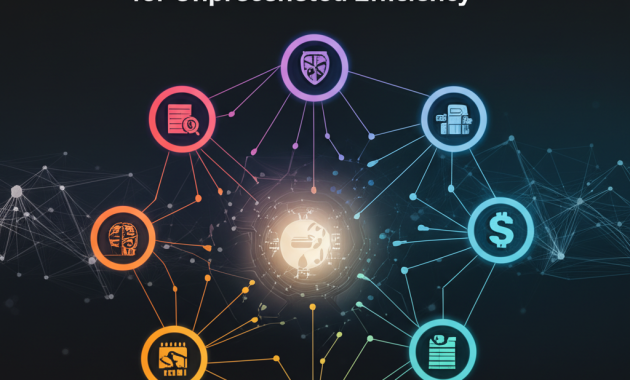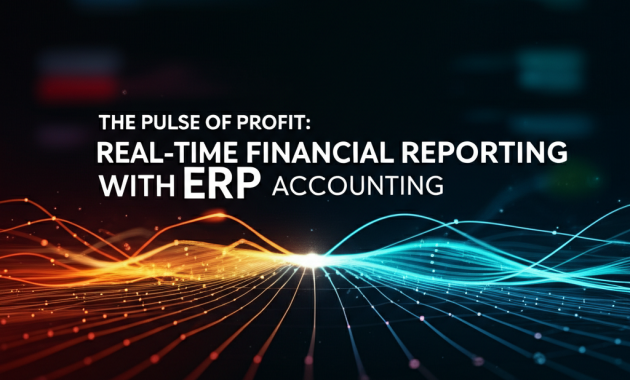In today’s fast-paced business environment, managing finances efficiently is crucial for success. One of the most critical aspects of financial management is invoicing and accounting. Manual invoicing and accounting processes can be time-consuming, prone to errors, and may lead to delayed payments. To overcome these challenges, many businesses are adopting automated invoicing and accounting software. In this article, we will explore the benefits, features, and importance of automated invoicing and accounting software.

What is Automated Invoicing and Accounting Software?
Automated invoicing and accounting software is a digital solution that streamlines financial management by automating tasks such as invoicing, billing, and accounting. This software uses advanced technologies like artificial intelligence, machine learning, and cloud computing to provide a comprehensive and integrated platform for managing financial transactions. With automated invoicing and accounting software, businesses can generate invoices, track payments, manage expenses, and analyze financial data in real-time.
Benefits of Automated Invoicing and Accounting Software
The benefits of automated invoicing and accounting software are numerous. Some of the most significant advantages include:
- Increased Efficiency: Automated invoicing and accounting software saves time and reduces manual labor, allowing businesses to focus on core activities.
- Improved Accuracy: Automated software minimizes errors and ensures accuracy in financial transactions, reducing the risk of delayed payments or disputes.
- Enhanced Cash Flow: Automated invoicing and accounting software enables businesses to track payments and send reminders, improving cash flow and reducing the risk of late payments.
- Scalability: Automated software can handle large volumes of financial transactions, making it an ideal solution for growing businesses.
- Cost Savings: Automated invoicing and accounting software reduces the need for manual labor, paper, and other resources, resulting in significant cost savings.
Features of Automated Invoicing and Accounting Software
Automated invoicing and accounting software typically includes a range of features, such as:
- Invoice Generation: Automated software can generate invoices based on sales data, customer information, and payment terms.
- Payment Tracking: The software can track payments, send reminders, and update payment status in real-time.
- Expense Management: Automated software can manage expenses, including categorization, approval, and reimbursement.
- Financial Reporting: The software can generate financial reports, such as balance sheets, income statements, and cash flow statements.
- Integration: Automated invoicing and accounting software can integrate with other business systems, such as CRM, ERP, and e-commerce platforms.
Importance of Automated Invoicing and Accounting Software
Automated invoicing and accounting software is essential for businesses of all sizes. Some of the reasons why this software is crucial include:
- Compliance: Automated software ensures compliance with accounting standards, tax laws, and regulatory requirements.
- Financial Transparency: The software provides real-time financial data, enabling businesses to make informed decisions.
- Customer Satisfaction: Automated invoicing and accounting software can improve customer satisfaction by providing timely and accurate invoices and payments.
- Competitive Advantage: Businesses that adopt automated invoicing and accounting software can gain a competitive advantage by streamlining financial management and improving efficiency.
Types of Automated Invoicing and Accounting Software
There are several types of automated invoicing and accounting software available, including:
- Cloud-Based Software: Cloud-based software is hosted online and can be accessed from anywhere, at any time.
- On-Premise Software: On-premise software is installed on a business’s servers and can be accessed through a local network.
- Hybrid Software: Hybrid software combines cloud-based and on-premise solutions, offering flexibility and scalability.
Implementation and Integration
Implementing and integrating automated invoicing and accounting software requires careful planning and execution. Some of the key steps include:
- Assessing Business Needs: Businesses must assess their financial management needs and identify the type of software that best suits their requirements.
- Selecting a Vendor: Businesses must select a reputable vendor that offers automated invoicing and accounting software with the required features and functionality.
- Configuring the Software: The software must be configured to meet the business’s specific needs, including setting up payment terms, invoicing templates, and financial reporting.
- Training and Support: Businesses must provide training and support to employees to ensure they can use the software effectively.
Common Challenges and Solutions
Some common challenges businesses face when implementing automated invoicing and accounting software include:
- Data Migration: Migrating financial data from manual systems or legacy software can be challenging.
- Integration with Other Systems: Integrating automated invoicing and accounting software with other business systems can be complex.
- Employee Resistance: Employees may resist adopting new software, requiring training and support to overcome resistance.
To overcome these challenges, businesses can:
- Seek Vendor Support: Vendors can provide support and guidance during implementation and integration.
- Provide Training and Support: Businesses must provide training and support to employees to ensure they can use the software effectively.
- Test and Pilot: Businesses can test and pilot the software before full implementation to identify and address any issues.
FAQs
- What is automated invoicing and accounting software?
Automated invoicing and accounting software is a digital solution that streamlines financial management by automating tasks such as invoicing, billing, and accounting. - What are the benefits of automated invoicing and accounting software?
The benefits include increased efficiency, improved accuracy, enhanced cash flow, scalability, and cost savings. - What features should I look for in automated invoicing and accounting software?
Features to look for include invoice generation, payment tracking, expense management, financial reporting, and integration with other business systems. - How do I implement and integrate automated invoicing and accounting software?
Implementation and integration require careful planning and execution, including assessing business needs, selecting a vendor, configuring the software, and providing training and support. - What are some common challenges and solutions when implementing automated invoicing and accounting software?
Common challenges include data migration, integration with other systems, and employee resistance. Solutions include seeking vendor support, providing training and support, and testing and piloting the software.
Conclusion
Automated invoicing and accounting software is a vital tool for businesses of all sizes. By streamlining financial management, automated software can improve efficiency, accuracy, and cash flow, while reducing costs and improving compliance. With a range of features and benefits, automated invoicing and accounting software is an essential investment for any business looking to succeed in today’s fast-paced environment. By understanding the importance, benefits, and features of automated invoicing and accounting software, businesses can make informed decisions and choose the right solution to meet their financial management needs.
Closure
Thus, we hope this article has provided valuable insights into Automated Invoicing and Accounting Software: Streamlining Financial Management. We thank you for taking the time to read this article. See you in our next article!



